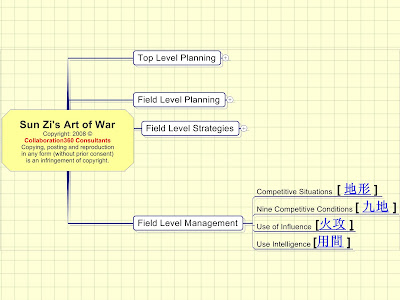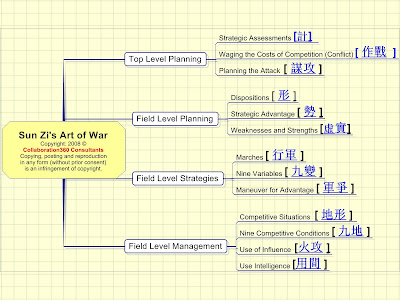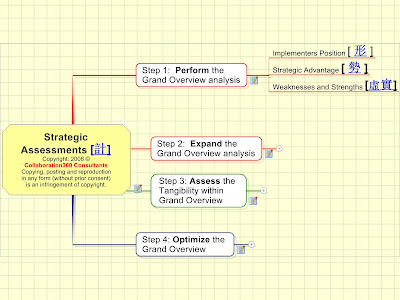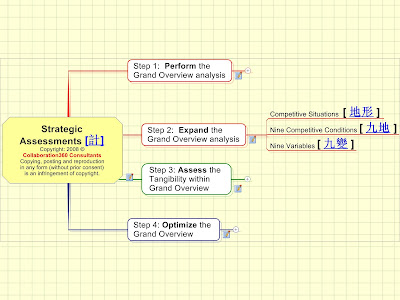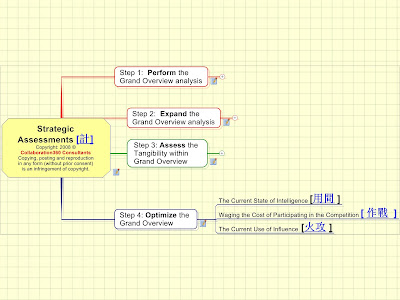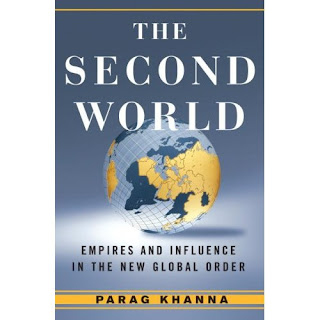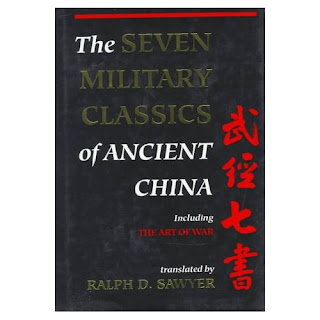 "There are some new numbers to back up the unfortunate reality that many projects simply don't deliver as expected. 49 percent of organizations have suffered from budget overruns on IT projects and 62 percent have experienced schedule delays"
"There are some new numbers to back up the unfortunate reality that many projects simply don't deliver as expected. 49 percent of organizations have suffered from budget overruns on IT projects and 62 percent have experienced schedule delays"
--- Tata Consultancy Services (TCS),
The study, which surveyed 800 organizations in the United States, Europe and Asia, also found that 47 percent of respondents have experienced higher-than-expected maintenance costs and 41 percent said IT projects failed to deliver the expected business value and ROI.
In short, IT projects are a chronic disappointment. --- baselinemag.com "8 Ways To Save Your Next Project"
http://www.baselinemag.com/c/a/Projects-Enterprise-Planning/8-Ways-To-Save-Your-Next-Project/
From a previous blog entry
 Recent research by CA has shown that IT projects in the UK and Ireland go over budget with worrying regularity and great cost — one third of all IT projects exceed their budget, with one quarter overspending by more than 50pc. The main inhibitors of efficient project performance include inadequate planning, lack of visibility during development and failures in implementation.
Recent research by CA has shown that IT projects in the UK and Ireland go over budget with worrying regularity and great cost — one third of all IT projects exceed their budget, with one quarter overspending by more than 50pc. The main inhibitors of efficient project performance include inadequate planning, lack of visibility during development and failures in implementation.
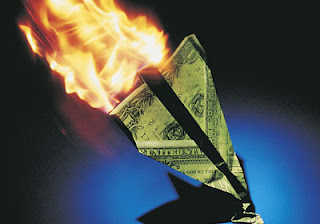 Standish group's Chaos Report stated that 30% of all projects are finished on budget, on time, and on target.
Standish group's Chaos Report stated that 30% of all projects are finished on budget, on time, and on target.
#
From a previous blog entry
Current trend of project management:
* 60% of all requirements for most projects are re-written. (Borland Intl, Construx.com);
Result:* 1 out of every 4 projects never leave the starting line (Meta group);* 30% of all projects are completed on time, on-budget and on target (Chaos Report);
* "Only 59% of our projects reach the market. In Europe only a meager 45% get shipped. ..." Jack Ganssle, Embedded.com (07.10.2006)
#
Our Assessment:
Not everyone has an endless stream of money. ... There is a limitation for everything.
Sun Zi’s essay on strategy (and other Chinese strategic classics) highlights the point of how uncontrollable costs slow down the progress of a campaign. A protracted campaign usually create the feeling of anxiety and negativity within the organization or the team.
Beside the problem of mitigating risks and accelerating "time to market" delivery, most companies possess the same problem of minimizing project costs.
How Compass AE works
Our Compass AE process enables a project team to collaboratively use the Tangible Vision to build "top to bottom" connections between the goal, the objectives and the requirements. ...
Once they sees the “connections” from start to finish, the team connects to it.

@ the end, the Compass team completes their Tangible Vision on time, on budget and on target.
#
... When a Compass team builds, connects and leads with their Tangible Vision, they collaborates regardless of the distance, the technology and the project culture.
If your company wants to reduce their project costs, mitigate their risks and accelerate the time to delivery, we have a strategic process that enables your team to do that.
You can contact us at service[aatt]collaboration360 [ddott]com.
We will be more than happy to tell you more about our Compass AE process and how it can help your company to operate efficiently while reducing costs.



